Sesame oil is a cooking oil made from pressed sesame seeds popular in Asian cooking. It generally comes in untoasted or toasted varieties.
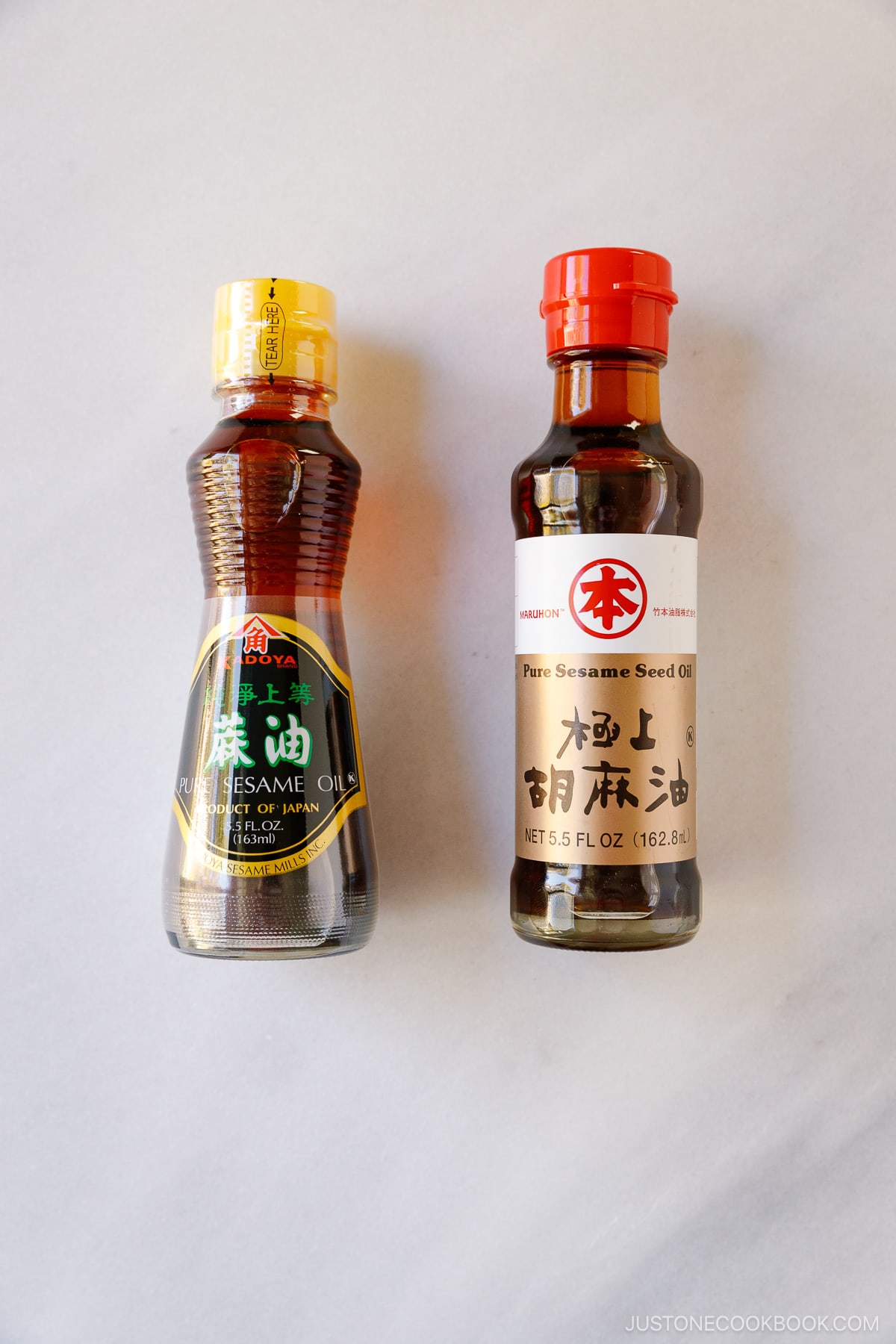
Sesame Oil (胡麻油・ごま油) is made from sesame seeds that have been crushed to produce its rich aroma. The oil—available in both untoasted and toasted—has been used for centuries in different cultures. It is a primary flavor element in East Asian cuisines like Chinese, Korean, and Japanese cooking.
Table of Contents
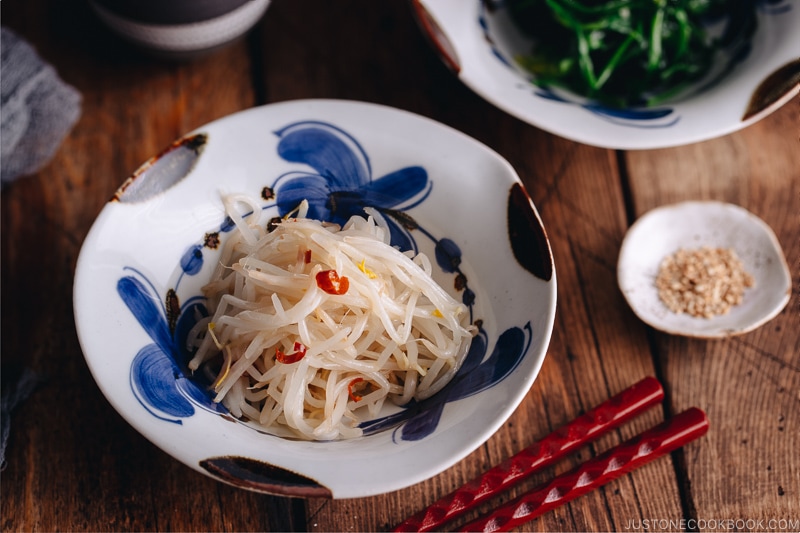
What Is Sesame Oil
Sesame oil can be made from raw or toasted sesame seeds. The color can range from pale yellow to golden brown.
Varieties Of Sesame Oil
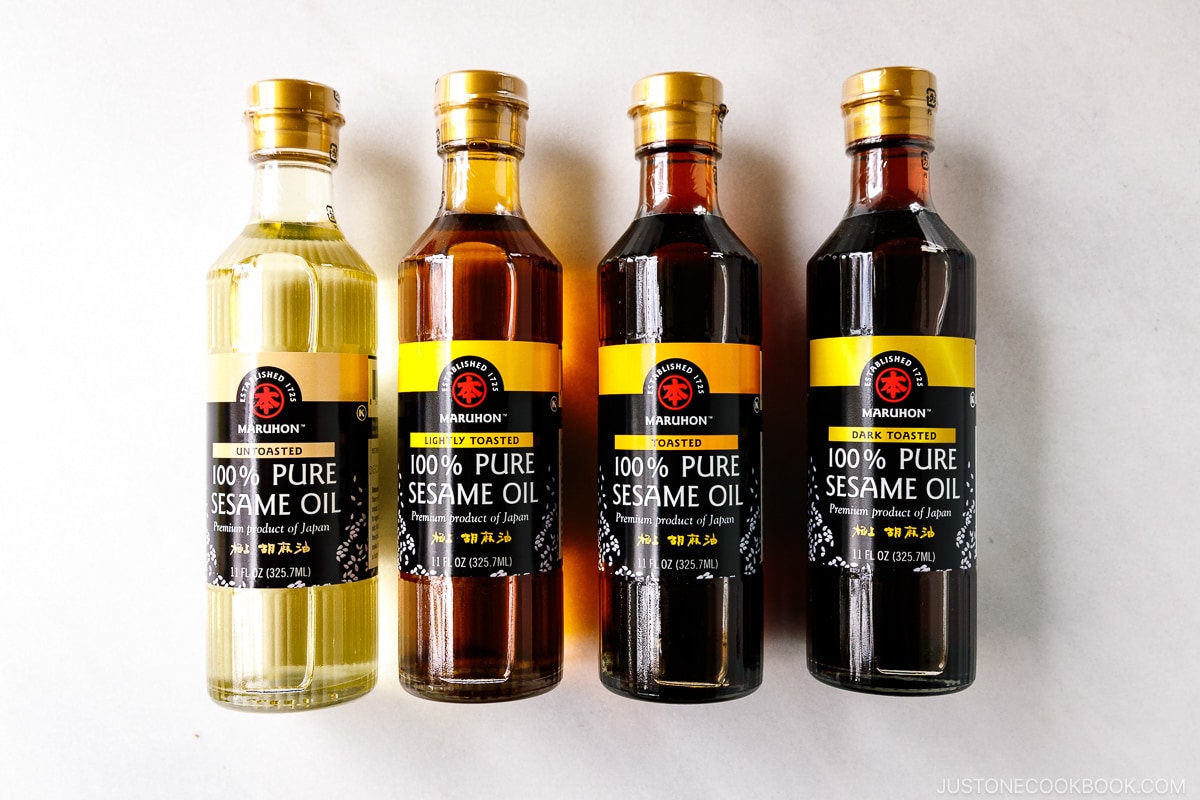
Toasted (Roasted) Sesame Oil
Also known as Asian sesame oil and dark sesame oil, it has an ember to dark-brown color and is beloved for its rich, nutty, and toasty taste.
The color and the intense aroma come from the roasting process. When you toast the seeds, it releases the oil and intensifies the flavors. But the toasted process modifies its smoke point, so it’s better suited for finishing than cooking.
You can use it for cooking to add that nutty aroma to the dish. I use it for cooking Salmon Fried Rice, as a marinade for Miso Salmon, or to pan-fry Korean Pancakes. Just be sure to heat it over medium to low heat to avoid any burnt or bitter taste.
How to Use Toasted Sesame Oil
The distinct toasted sesame aroma adds a punch of flavor to your dishes. We typically drizzle it at the end of a prepared dish or after cooking. It is excellent as a finishing oil for soups, hot or cold noodle salad, or a flavor enhancer for dressings, marinades, and sauces. I love it on blanched vegetables like Broccoli Blanched with Sesame Oil or a simple cucumber salad.
Untoasted Sesame Oil
Untoasted (unrefined) sesame oil is made from raw, pressed seeds with a more neutral flavor. Since it doesn’t go through any roasting process, the color of the oil is light and clear. In Japanese, it is called taihaku goma abura (太白胡麻油), and it is my go-to. Some other cultures, such as South India and the Middle East, commonly use untoasted variety in their cooking.
Because of its neutral taste and high smoke point, it makes a great and healthier choice of oil for cooking Japanese and Asian dishes. However, high-quality bottles are expensive, so many households use the cheaper option.
How to Use Untoasted Sesame Oil
Use it like you would with canola oil or vegetable oil. Think stir-fries, sautéing, or any recipes for neutral-tasting oil. It also withstands high heat well so you can use it safely for frying or roasting.
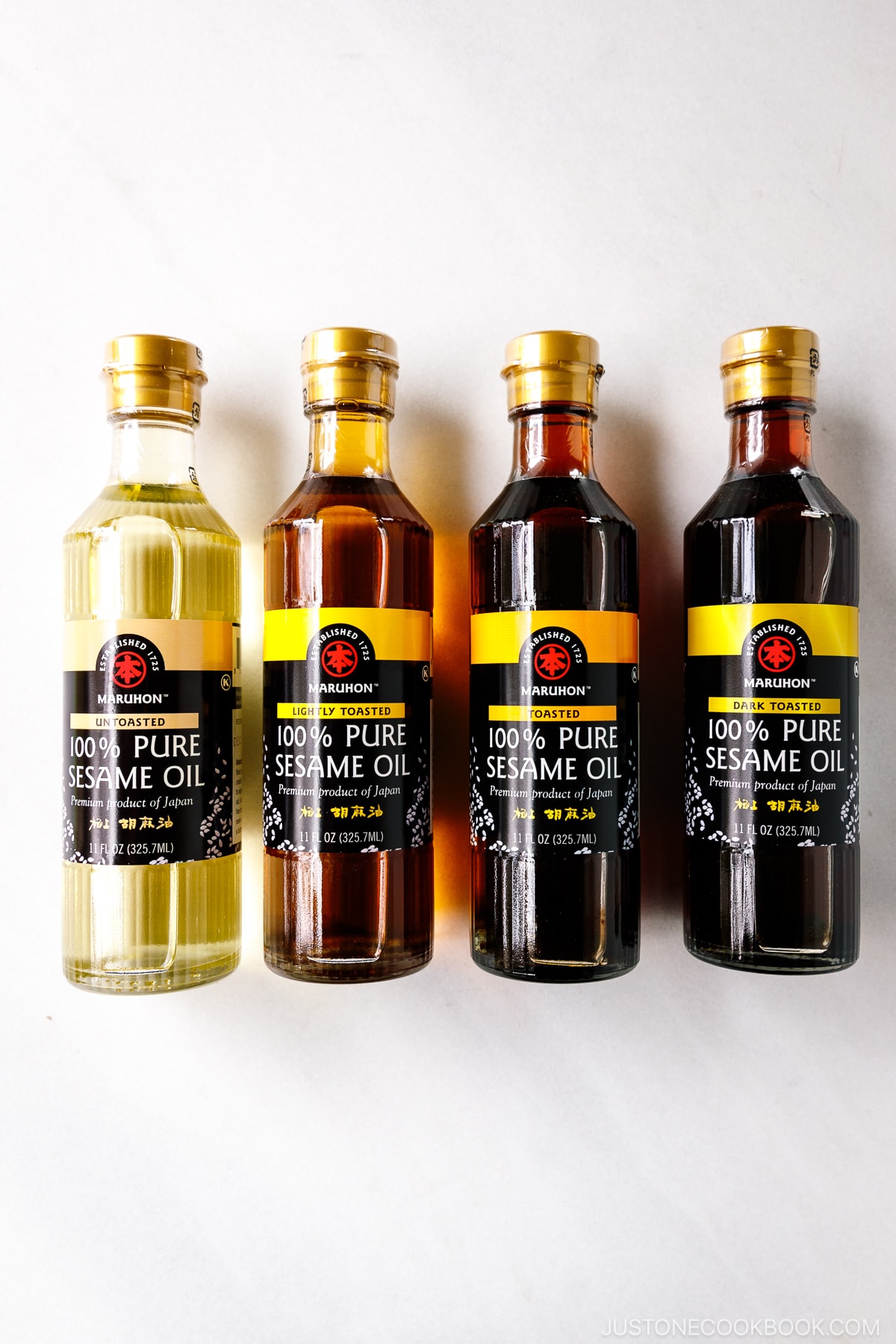
How To Find The Best
I personally use either Maruhon Sesame Oil or Kadoya Sesame Oil. Both are trusted brands in Japanese cooking. Maruhon has different varieties, including the untoasted version. For non-Japanese oil, Spectrum Organic Sesame Oil is a good choice.
Where To Buy
You can purchase it on Amazon or in Japanese/Asian grocery stores and supermarkets in plastic bottles or glass. The Spectrum brand is available at major grocery stores in the US.
You may be able to find a variety imported from various countries in Asia. Ensure the ingredient list notes that it contains 100% pure sesame and isn’t a blend.
How To Store
Store the bottles in a dark, cool place in your pantry with other oils. You do not need to refrigerate. However, like other oils, opened bottles will go rancid with time, so use quickly.
Delicious Recipes with Sesame Oil
1. Miso Dressing
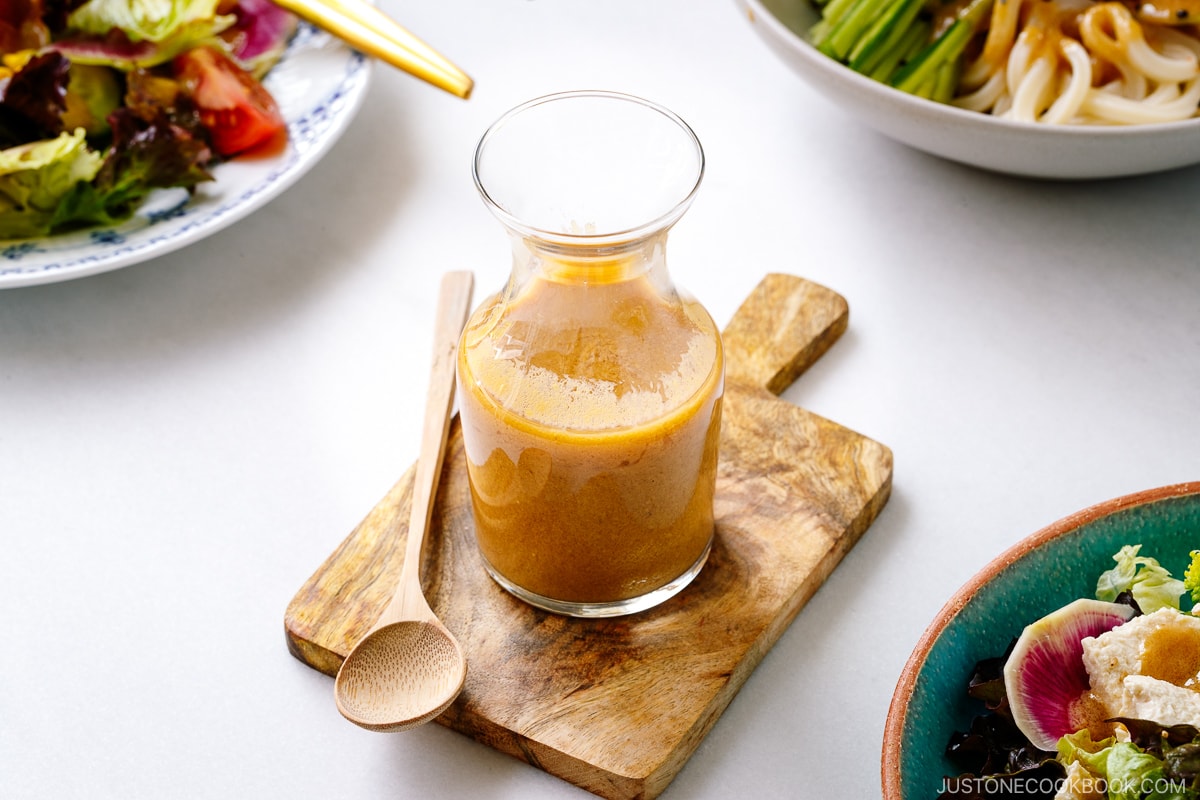
2. Soba Noodle Salad
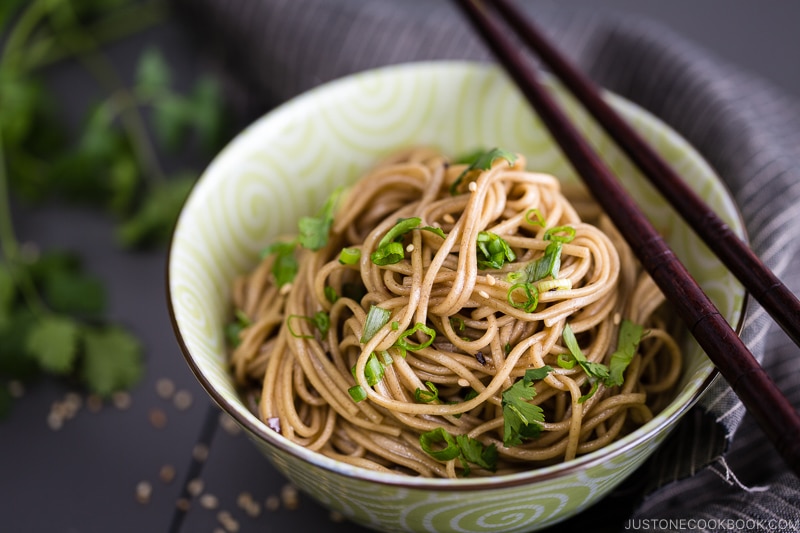
3. Asian Coleslaw
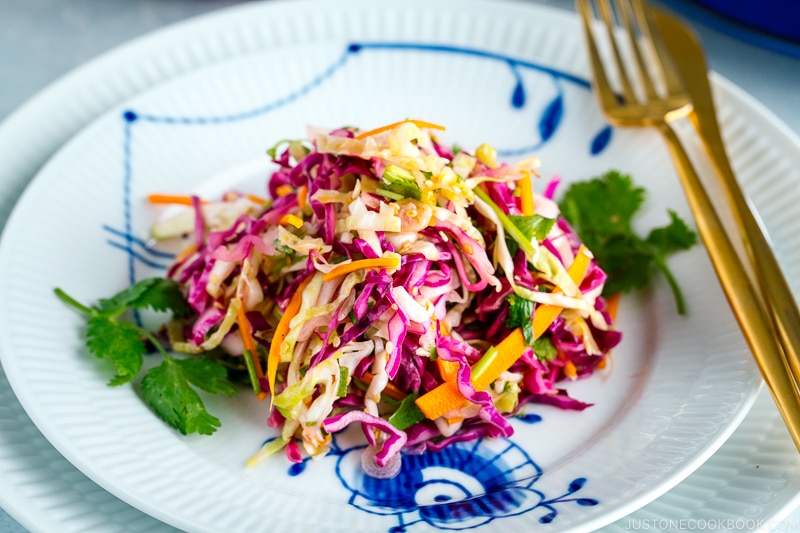
4. Miso Ramen
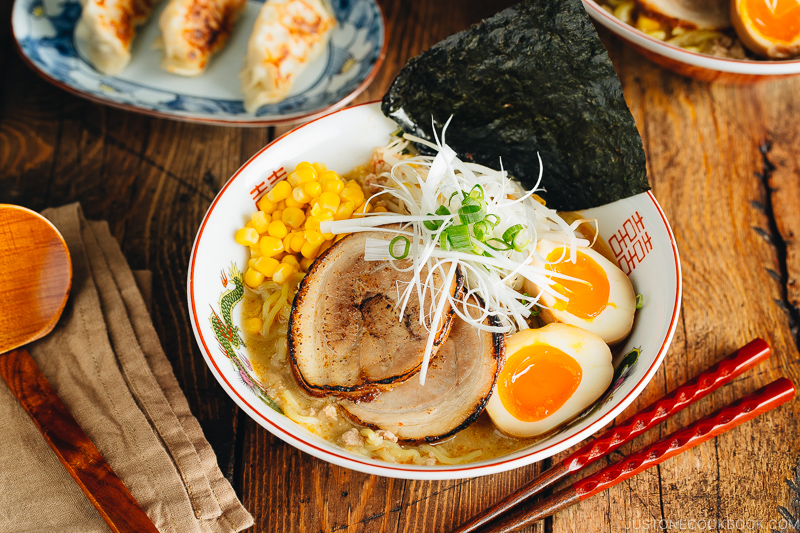
5. Homemade Layu (Rayu Japanese Chili Oil)
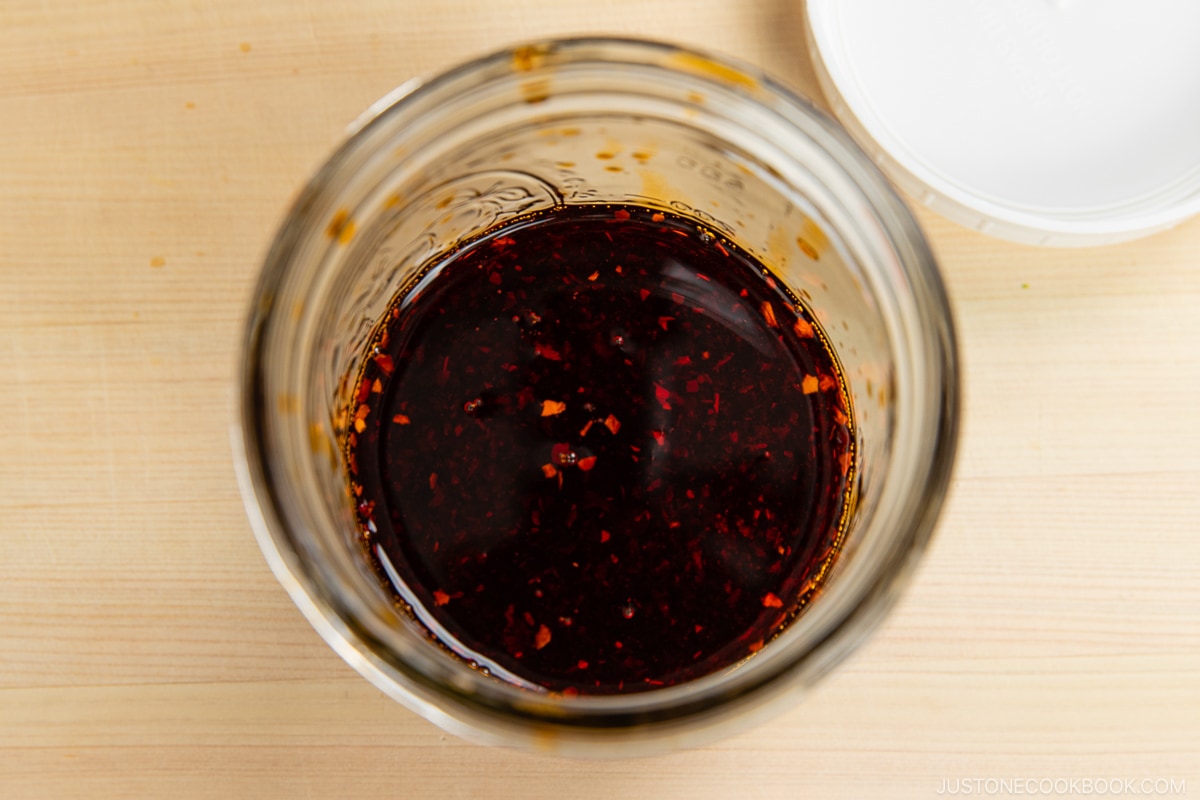
Potential Health Benefits of Sesame Oil
Untoasted sesame oil has 74% more saturated fat than other seed oils, making it a better choice for Asian cooking that requires neutral-tasting oil. Saturated fat is much more stable and less likely to oxidize into harmful byproducts in our bodies.
In traditional Asian medicine, it is believed to have significant health benefits. It is full of antioxidants and vitamin E, which helps to combat inflammation and protect skin from sun damage. It also contains essential fatty acids like omega-3 and 6 that help protect your heart and improve immunity.
Wish to learn more about Japanese cooking? Sign up for our free newsletter to receive cooking tips & recipe updates! And stay in touch with me on Facebook, Pinterest, YouTube, and Instagram.
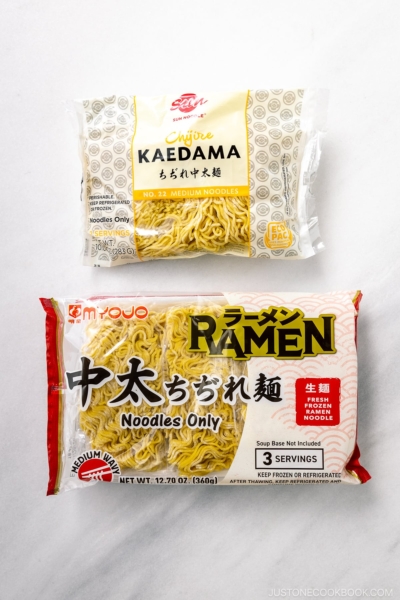
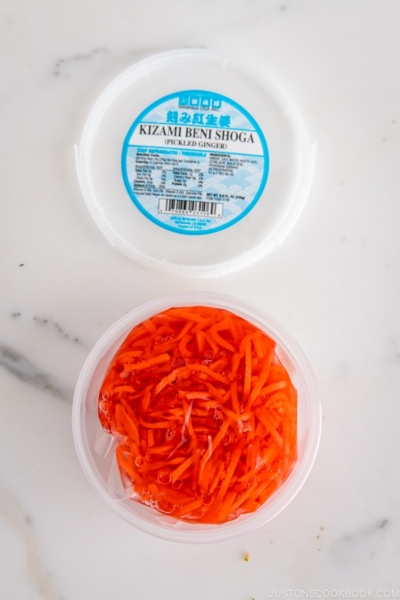
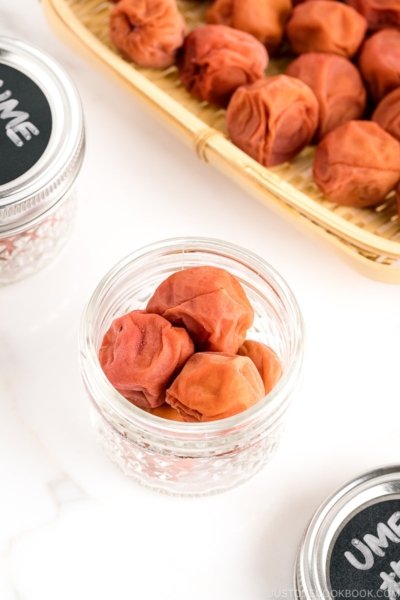
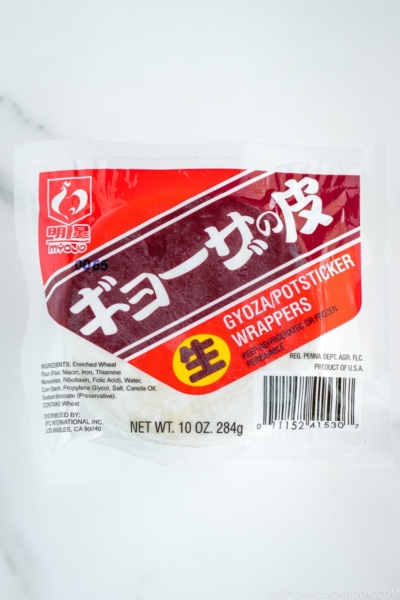




I am severely allergic to sesame. Can you recommend a substitute? Thank you!
Hi, Wendy! Thank you for reading Nami’s post.
It depends on the recipe, but you may use neutral oil. I hope this helps!
https://www.justonecookbook.com/best-neutral-oil-for-cooking/